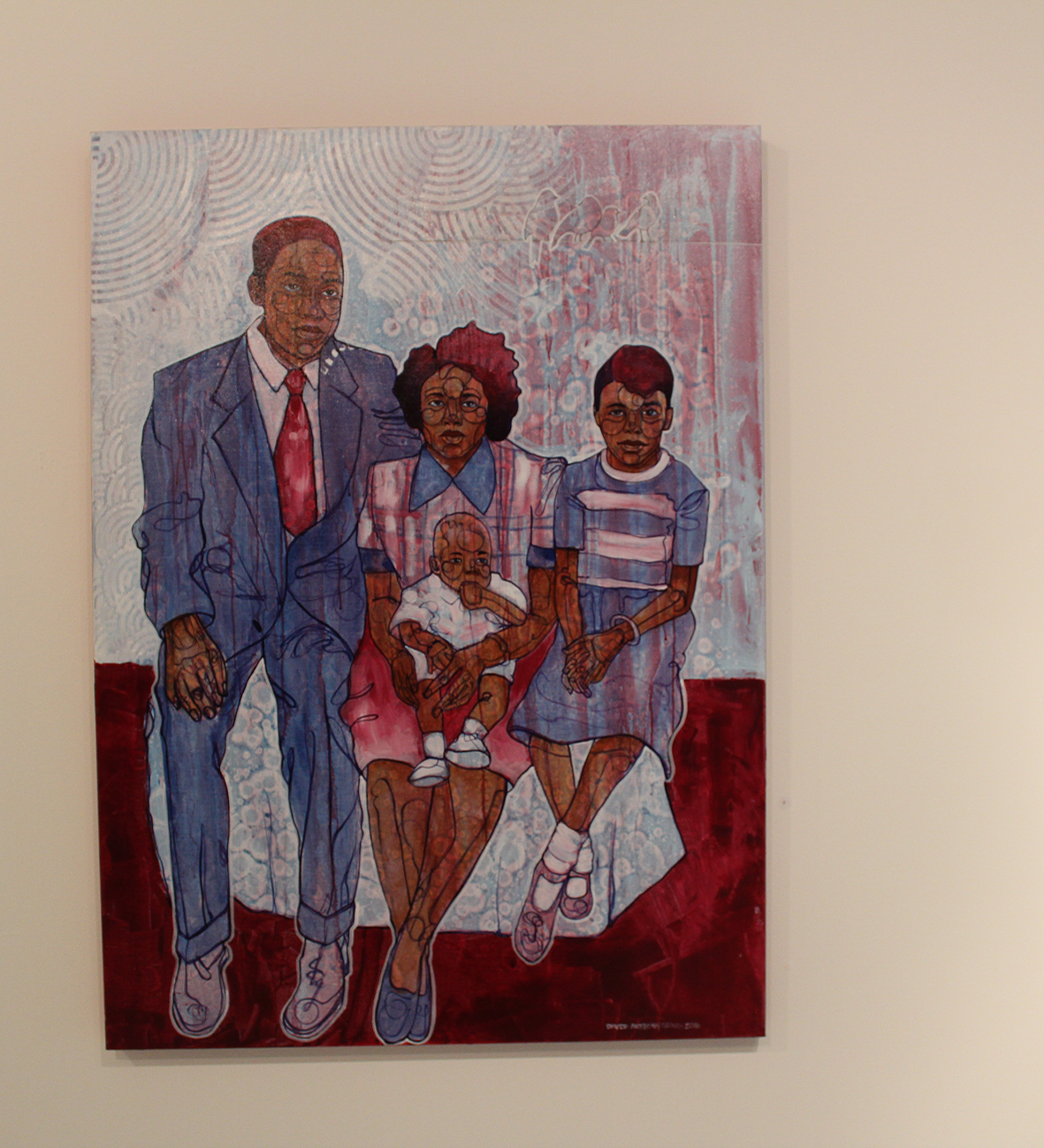The flood is a story about community building, of community won and community lost.
That was the lesson of The Great Flood, which South Side Projections and Blanc Gallery screened October 19. The film, a collaboration between experimental filmmaker Bill Morrison and composer/musician Bill Frisell, was intended to correspond to Blanc’s current exhibition of David Anthony Geary’s “The Great Migration: In Three Movements.”
Morrison explores the Mississippi River flood of 1927, considered by some the most destructive flood in U.S. history, and, Morrison argues, one of the causes of the Great Migration of Black Americans to the urban Northeast, Midwest, and West between 1910 and 1970. The Great Migration’s root in Jim Crow rural violence is a familiar idea, as is the boll weevil crop destruction that resulted in economic depression. Morrison’s idea of the flood as a factor in the migration, however, was new knowledge to me, and I needed to investigate.
From the first frames on, the film has no vocal narration; the only sounds heard throughout it are Frisell’s musical interpretations. In this sense Morrison keeps to an experimental tradition by presenting the film in the ultimate traditional manner: like the silent films of the cinematic past. Just like those films, in which dialogue appeared in writing, there is no dialogue in The Great Flood, but the segments are divided by written words: “Sharecroppers,” “Mississippi Flood 1927,” “Swollen Tributaries 1926,” “Sharecroppers,” “Politicians,” “The Poydras Dynamiting.”
In the film’s first frames, the camera pans across a map highlighting the route of destruction the Mississippi took in 1927. At this point the map has no names of towns—just swamps, bayous, the dwellings of snakes and other wildlife, kept as a natural flood plain. Gradually names of towns begin to appear.
“Durant, Leakesville, Kickman,” one person at the screening recalled after the film was over. “Those are towns I remember visiting and living in as a boy.” He wasn’t old enough to have witnessed the flood, but he carried with him its legacy. With his words, I realized this was a story of community lost.
In much of Geary’s artwork, which seems to span the Great Migration period, the characters are outlined in a manner that resembles the lines on the map in Morrison’s documentary. After watching The Great Flood, the outlines of Geary’s subjects seem to reflect the flood’s enduring influence on the culture and heritage of the people in the present. The subjects are depicted in period clothing worn in the rural towns shown in the film. One of the canvas paintings shows children on urban bikes, their banana seats reminiscent of the Schwinn Orange Krate, Lemon Peeler, and Apple Krate 1968-1973 models. This is community found.
Archive is crucial to each artist’s representations of migration. Morrison scoured archival footage from the national archives as well as other sources to find the content of his film. Geary, meanwhile, scoured “photographs found, and donated, of family images which chronicle that migration as his inspiration,” according to the exhibition pamphlet.
But one point of departure for the artists is the use of birds in their work. Besides one grand, catastrophic scene in which chicken are among the livestock attempting to flee the flood, Morrison pays little attention to a classic symbol that Geary dwells on: birds as departure, migration, freedom—a subject “depicted as powerful forces in almost every major culture,” the gallery pamphlet notes.
Take Geary’s monotypes on paper, for instance. I had to approach this grouping of fourteen pieces twice before I could articulate an understanding of what I saw. Here, both the human form and birds figure heavily. The human form is suspended in mid-air, as a diver would be upon leaving the diving board, and placed vertically in the drawings was what I could only perceive as a diving board. Geary places the human form on different sides of the vertical diving board in the monotypes in groupings that create the feeling of the diver in-motion when the viewer looks from one monotype to the next: a motion one could imagine as migration.
Geary bends the diving human form in the shape of how he depicts the bird’s form: the human form flying away from a community lost, and flying to a new community found. Of course, the birds will have to build a new nest, just as many Black Americans had to build a new life in their found urban environments. Morrison’s film ends with recently migrated blues musicians singing and dancing along what seems to be Chicago’s Maxwell Street—the same music you can still see performed in streets and subways today, a privilege to listen to, and for any onlooker, a temporary community found.
“The Great Migration in Three Movements,” Blanc Gallery. 4445 S. King Dr. Through Saturday, October 29. Closing reception and artist talk Friday, October 28, 6pm–9pm. (773) 373-4320. blancchicago.com



